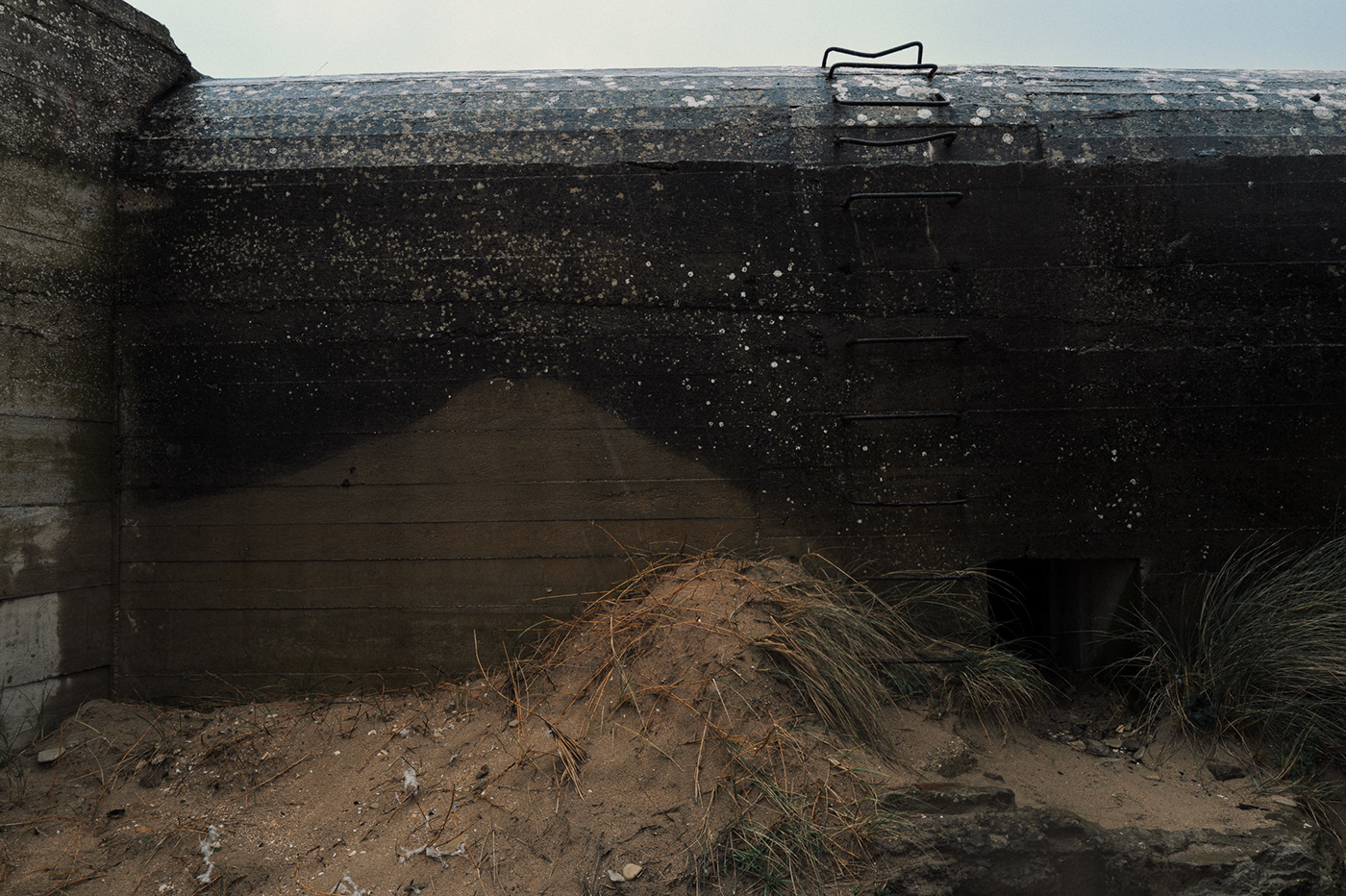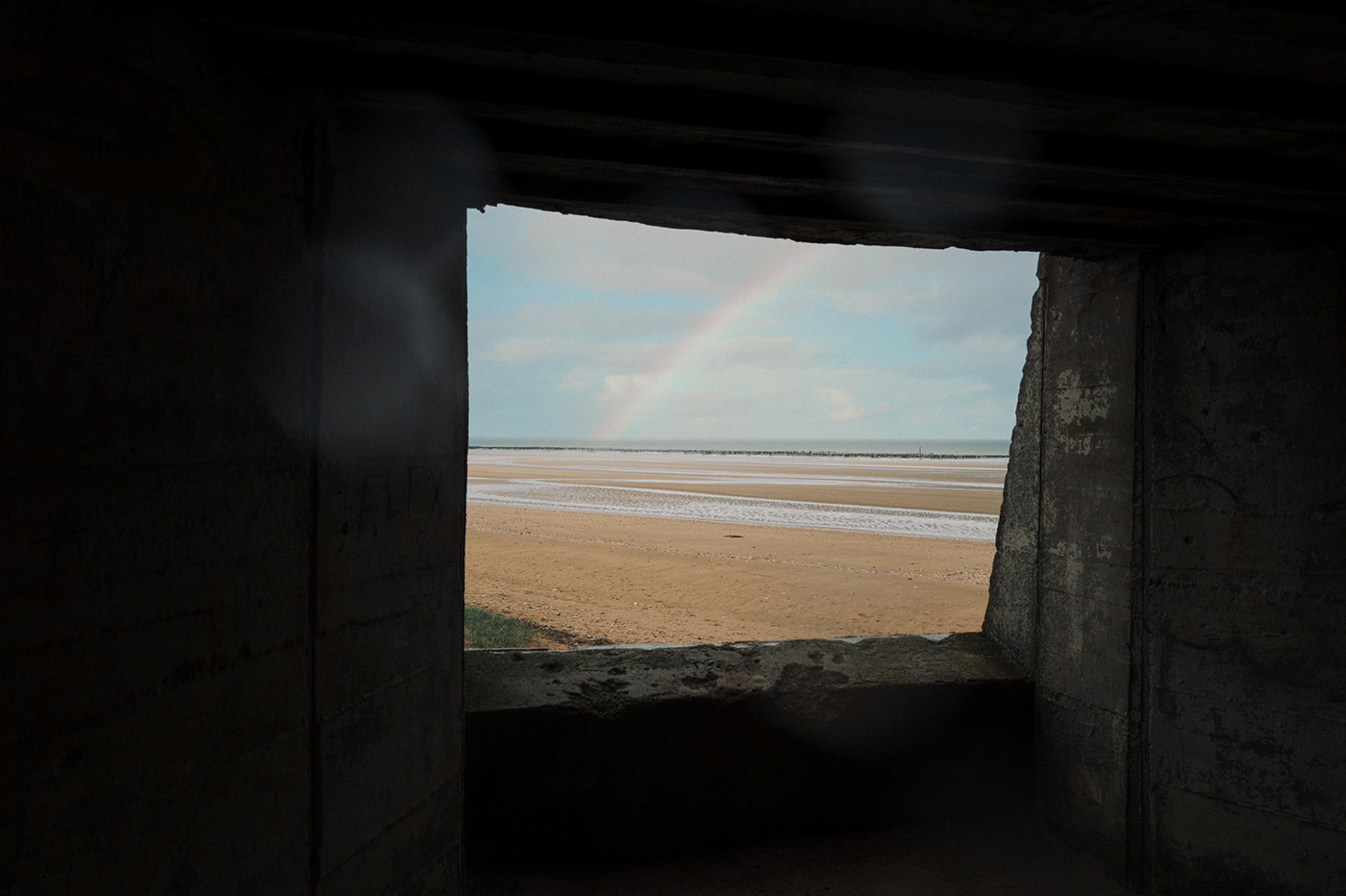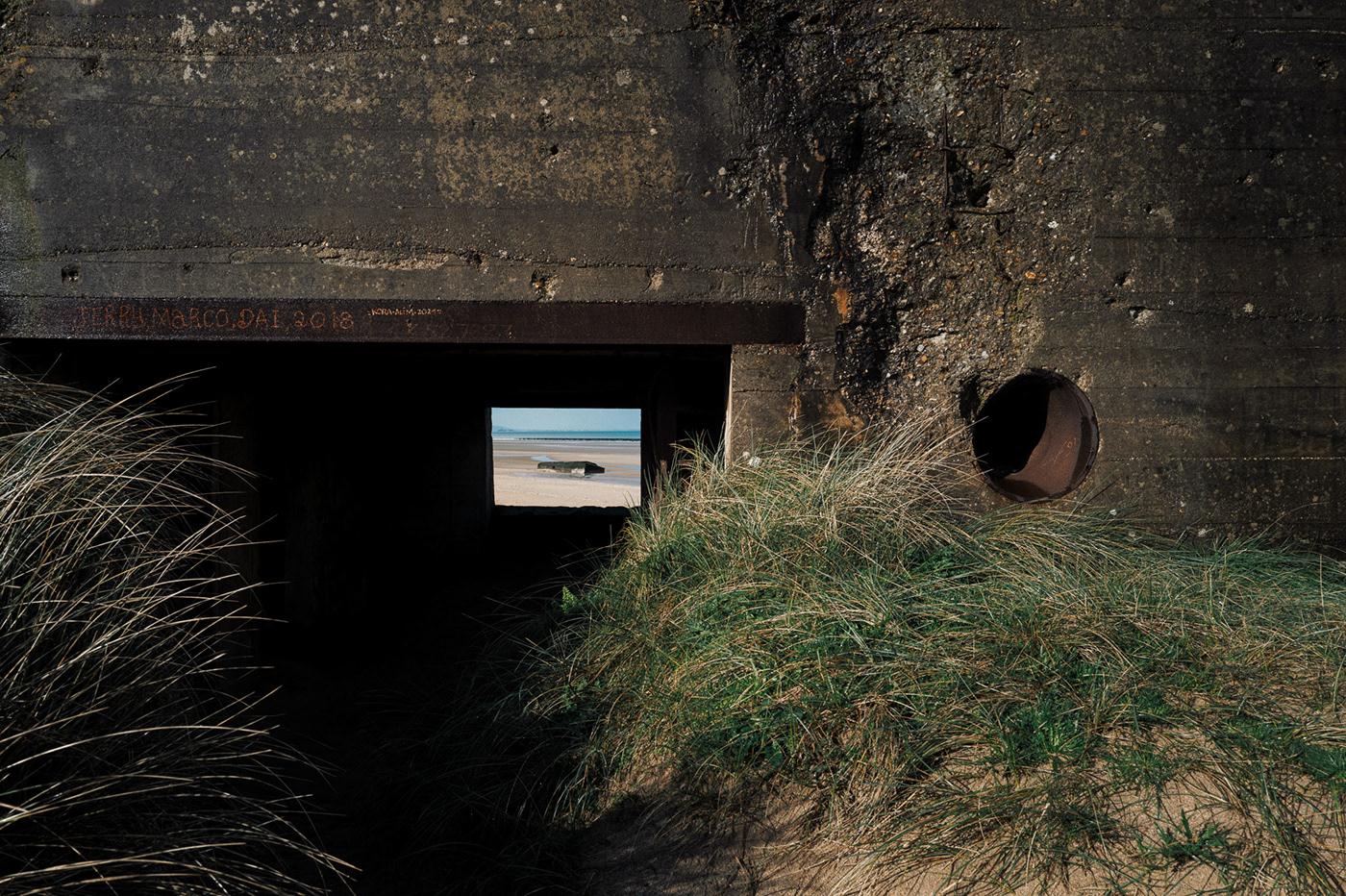D-Day Beaches
The Normandy landings were the landing operations and associated airborne operations on Tuesday, 6 June 1944 of the Allied invasion of Normandy in Operation Overlord during World War II. Codenamed Operation Neptune and often referred to as D-Day, it is the largest seaborne invasion in history. The operation began the liberation of France, and the rest of Western Europe, and laid the foundations of the Allied victory on the Western Front. (Wikipedia)
I had wanted to visit these historic sites for a long time, and in February 2024 it finally happened. I wanted to document the exact locations and remains of this pivotal historical event.


Part of the wall in Montmartin-sur-Mer, the west side of the peninsula, north from Mont Saint-Michel.

Fontenay-sur-Mer. Utah Beach

Fontenay-sur-Mer. Utah Beach

Sainte-Mère-Église. Utah Beach

Sainte-Mère-Église. Utah Beach

The hill on the horizon separates the coast of the Utah Beach from the cattle. Sainte-Mère-Église. Utah Beach

Saint-Martin-de-Varreville. Utah Beach

Saint-Martin-de-Varreville. Utah Beach

Saint-Martin-de-Varreville. Utah Beach

Saint-Martin-de-Varreville. Utah Beach

Saint-Martin-de-Varreville. Utah Beach

Saint-Martin-de-Varreville. Utah Beach

Saint-Martin-de-Varreville. Utah Beach

Saint-Martin-de-Varreville. Utah Beach

Saint-Martin-de-Varreville. Utah Beach

Saint-Martin-de-Varreville. Utah Beach

Saint-Martin-de-Varreville. Utah Beach

Saint-Martin-de-Varreville. Utah Beach

Saint-Martin-de-Varreville. Utah Beach

Sainte-Marie-du-Mont. Utah Beach

Utah Beach

Craters of bombs. Sainte-Marie-du-Mont. Utah Beach
Pointe du Hoc, a prominent headland situated between Utah and Omaha, was assigned to two hundred men of the 2nd Ranger Battalion, commanded by Lieutenant Colonel James Rudder. Their task was to scale the 30 m (98 ft) cliffs with grappling hooks, ropes, and ladders to destroy the coastal gun battery located at the top. The cliffs were defended by the German 352nd Infantry Division and French collaborators firing from above.
Allied destroyers USS Satterlee and HMS Talybont provided fire support. After scaling the cliffs, the Rangers discovered that the guns had already been withdrawn. They located the weapons, unguarded but ready to use, in an orchard some 550 metres (600 yd) south of the point, and disabled them with explosives.
Allied destroyers USS Satterlee and HMS Talybont provided fire support. After scaling the cliffs, the Rangers discovered that the guns had already been withdrawn. They located the weapons, unguarded but ready to use, in an orchard some 550 metres (600 yd) south of the point, and disabled them with explosives.
The Rangers fended off numerous counter-attacks from the German 914th Grenadier Regiment. The men were isolated, and some were captured. By dawn on 7 June, Rudder had only 90 men able to fight. Relief did not arrive until 8 June, when members of the 743rd Tank Battalion and others arrived. By then, Rudder's men had run out of ammunition and were using captured German weapons. Several men were killed as a result, because the German weapons made a distinctive noise, and the men were mistaken for the enemy. By the end of the battle, the Rangers casualties were 135 dead and wounded, while German casualties were 50 killed and 40 captured. An unknown number of French collaborators were executed. (Wikipedia)

Pointe du Hoc. Utah Beach

Pointe du Hoc. Utah Beach

Vierville-sur-Mer. Omaha Beach

Saint-Lorent-sur-Mer. Omaha Beach

Longues-sur-Mer. Gold Beach

Longues-sur-Mer. Gold Beach

Tracy-sur-Mer. Gold Beach

Arromanches-les-Bains. Juno Beach

Arromanches-les-Bains. Juno Beach
Thanks for watching!
If you liked it, follow me on Instagram @gaborkoros
